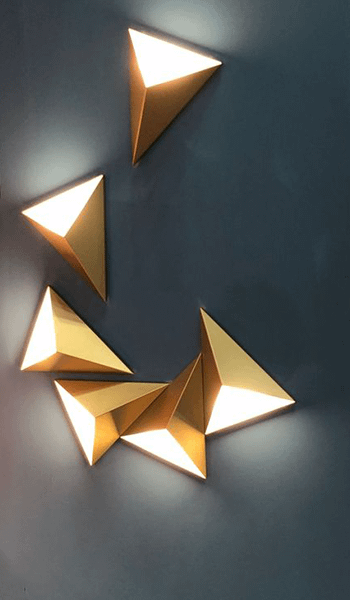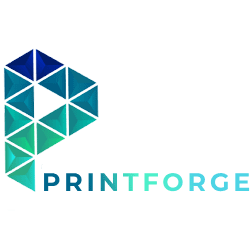
Plastic 3D printing
Plastic 3D printing, also known as additive manufacturing, is a process of creating three-dimensional objects by layering successive layers of molten or powdered plastic material. It is a popular method used in various industries and sectors for prototyping, rapid manufacturing, and even end-use product production.
Here’s a general overview of how plastic 3D printing works:
1.Designing the Object: The process begins with creating a digital 3D model of the desired object using computer-aided design (CAD) software. The design can also be obtained from existing 3D models or scanned using 3D scanners.


2. Slicing: The 3D model is sliced into thin horizontal layers using slicing software. Each layer represents a cross-section of the object and determines the movement of the 3D printer’s extruder or nozzle.
3. Selecting the Material: Various types of plastic filaments are available for 3D printing, including PLA (polylactic acid), ABS (acrylonitrile butadiene styrene), PETG (polyethylene terephthalate glycol), and more. The choice of material depends on the specific requirements of the printed object.
4. Printing Process: The 3D printer, equipped with a heated extruder or nozzle, starts the printing process. The plastic filament is fed into the extruder, which heats it to its melting point. The extruder moves along the X and Y axes, depositing the melted plastic layer by layer onto the build platform based on the instructions from the sliced model.
5. Cooling and Solidification: After each layer is deposited, it quickly cools and solidifies, adhering to the previous layer. This layer-by-layer deposition continues until the entire object is printed.


6. Post-Processing: Once the printing is complete, the object may require some post-processing steps, such as removing support structures, sanding, polishing, or applying additional coatings or finishes.
Plastic 3D printing offers several advantages, including the ability to create complex geometries, customization, rapid prototyping, and cost-effectiveness for small production runs. However, it’s important to note that the properties of 3D-printed plastic objects may differ from traditionally manufactured plastic objects, so material selection and design considerations are crucial.
Material Available
PLA-Very basic hard plastic
- Recommended for 90 percent home used prints
ABS-Tough and durable and handles heat better
- Recommended for Prototypes
TPU-Flexible plastic
- Recommended for flexible prints
PLA-VERY BASIC HARD PLASTIC
Recommended for 90 percent home used prints
ABS-Tough and durable and handles heat better
Recommended for Prototypes
TPU-Flexible plastic
Recommended for flexible prints
Contact us
E : printforged@gmail.com T : +91-83768 42992
IF YOU HAVE QUESTIONS PLEASE
CONTACT US
Fill fields and find approximate your repair
